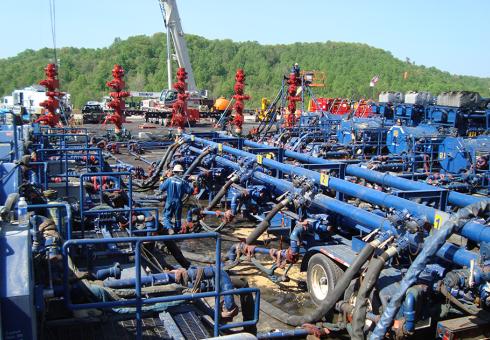News + Media
The weather in a few days can be difficult to predict, especially with certain phenomena such as thunderstorms. If this is the case, then how can we trust climate projections over several decades?
Embedded within the climate system are many nonlinear feedback systems and possible tipping points , making prediction of future climate difficult.
Political values and priorities drive climate policy. Co-leaders use examples from the European Union and African countries to highlight the very real challenges of designing effective climate policy.
In order to develop effective strategies to combat climate change, policymakers must be able to address the economics of implementation, risk uncertainty and information assessment.
An overview of climate science: what comprises climate, relevant factors in the climate system, and how the climate has changed in the past versus how it is changing now.
Analytical method could enable more accurate energy scenarios
Joint Program projects advance water and food security

New toolset of crop-yield emulators enables computationally efficient assessment of environmental impacts on crop yields at national and regional scales, which can be used to advance integrated assessment research addressing land-use change.
The source code of the MIT Earth System Model is publicly available for non-commercial research and educational purposes via github (i.e. github.com:mit-jp/igsm.git).
Research shows the Clean Air Act was likely responsible for a dramatic decline in atmospheric organic aerosol
MIT Joint Program Research Scientist Kenneth Strzepek shares expertise in BBC World Service Newsday interview, starting at 31:12
Study's co-authors, including MIT Joint Program-affiliated research scientist Stephanie Dutkiewicz, argue that ecosystem models should account for the diversity of diatoms to better predict the fate of these micro-algae and their role in the biological carbon pump of tomorrow's ocean





